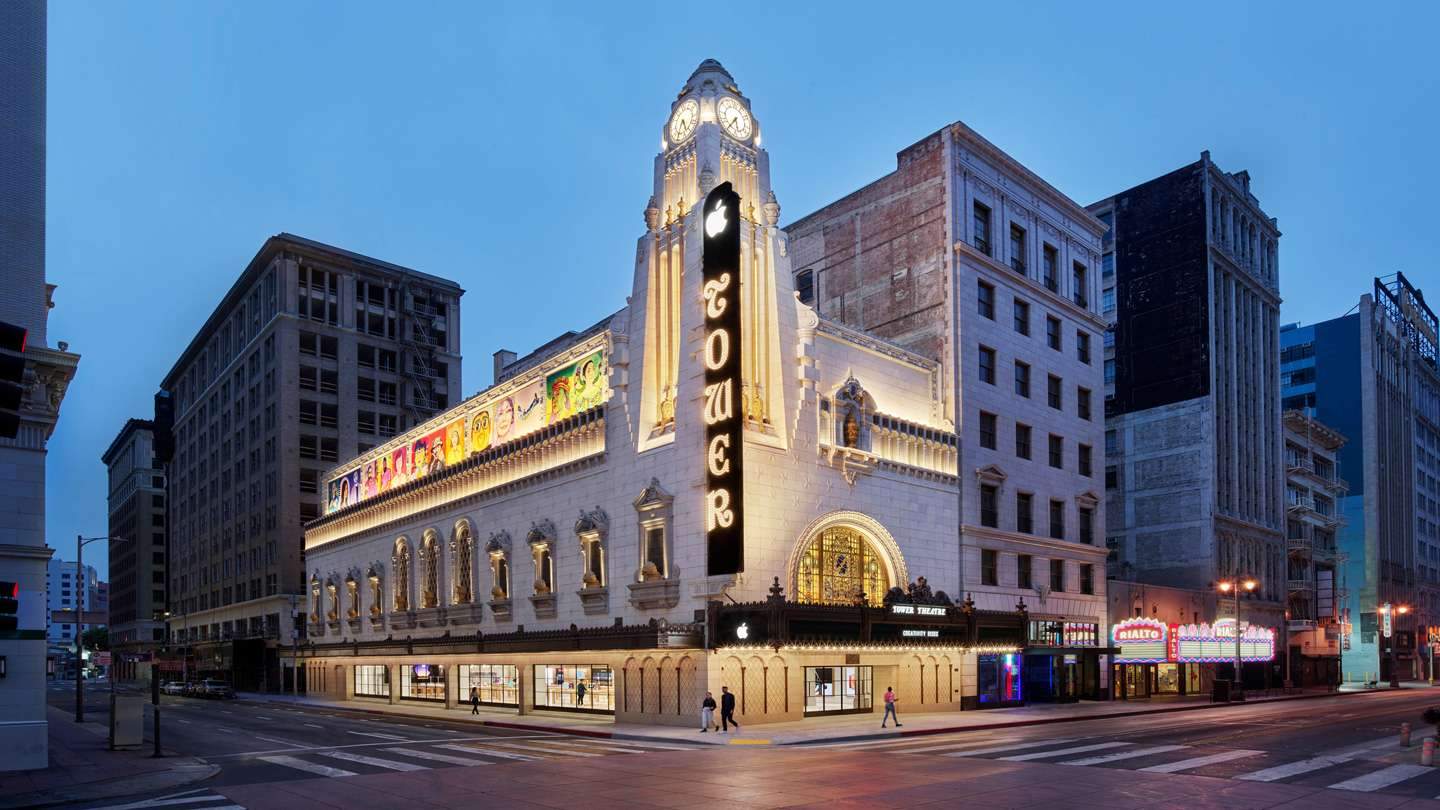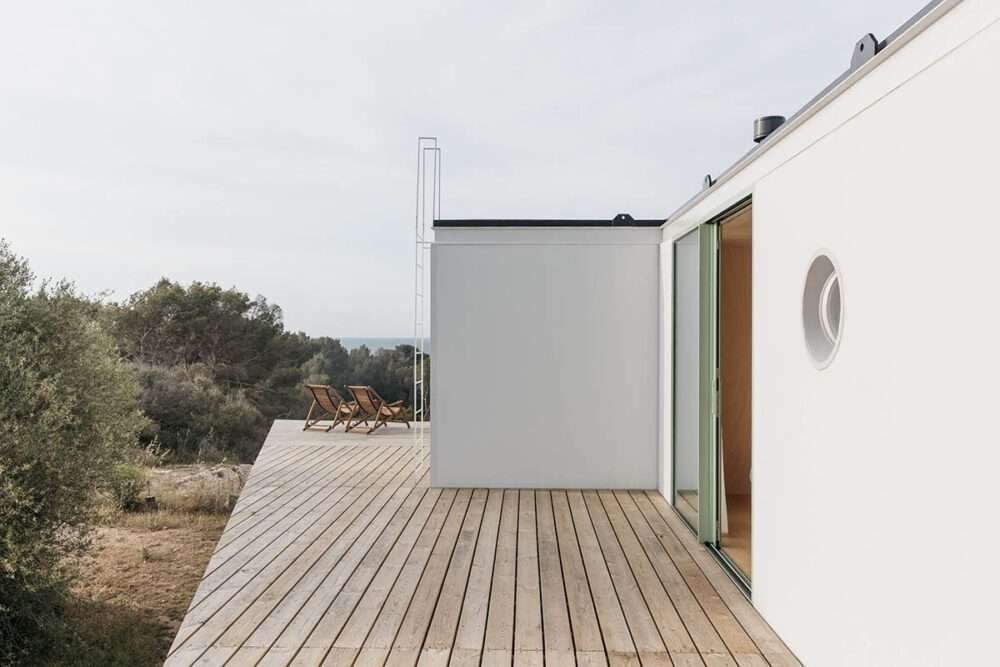Combine three transverse rings to create a pink art floating pavilion
Studio Ossidiana, an architectural practice located in Rotterdam,
has combined three transverse rings to create a temporary pink floating art pavilion in Almere, Netherlands.
Design Features
The floating pavilion has been designed as a pilot project in the heart of the Floriade Expo 2022;
with MVRDV co-founder Winy Maas serving as Floriade 2022 supervisor.
The Almere Floriade 2022 as the international horticultural fair opened its doors on April 14 and can be visited until October 9, 2022.
Commissioned by the municipality of Almere and the province of Flevoland, if the pilot project is successful,
a new museum, named M., will be created to draw more attention to the city’s identity –
which is why the first letter M was chosen.
The first sign appears to determine the museum’s possible future fate.

Combine three transverse rings to create a pink art floating pavilion
Since then, the city’s population has grown to nearly 220,000,
which means that Almira is on its way to becoming the fifth largest city in the country.
However, Almira lacks a distinctive museum befitting a city of this stature.
Local, regional, and national government officials agreed that the museum would be a top priority to increase the city’s appeal,
and instead of setting up a museum on the spot, it was decided to first try a temporary art pavilion for immersive art
with plenty of room to develop and test new ideas over the coming years.
In early 2020, the municipality of Almere and the county of Flevoland invited five up-and-coming architects
working at the intersection of architecture and visual arts to submit a design for the art pavilion.
Deliberately approaching young architects who had never seen any of their designs under construction, Almere was built on the ideas of a group of newly graduated urban planners who formed a center of creative thought in the early 1970s.
As a result of a comprehensive evaluation process, the expert selection panel unanimously selected the accessible and conceptual Studio Ossidiana project.
Led by Studio Ossidiana, Alessandra Covini and Giovanni Belotti and a young duo craft a plan that appeals to all senses and recalls Almer’s tradition of pioneering and experimenting.
The resulting pavilion is a work of art that fits seamlessly into the county’s extensive collection of Land Art, which will become part of the M Collection.

Design Features
Wrapped in a cylindrical polycarbonate front, the pink wing features a simple design that combines three transverse rings to be adaptable to the needs of the program.
Floating on the water, the design takes cues from the sea,
which has been replaced by Flevoland County and Weerwater Lake.
The design features three circles: the port, the theater, and the observatory.
The harbor is a ring-shaped promenade on the water that visitors can walk on and allows for outdoor programming.
The port is made of custom-made terrazzo using shells, mussels,
mud and charcoal found in the soil of Flevoland.
The stage represents an island with a balcony that drifts like a floating platform in strong winds.
Finally, the observatory, the main body of the pavilion, on the third circular platform,
has two viewing areas, offering a dreamy view inside and out.
Within the pavilion, there are also kitchen, storage,
office and ticket spaces, and thanks to the pavilion’s lightweight polycarbonate façade,
the façade filters and reflects the colors of the water and greenery.
The silhouettes of visitors through the carefully designed façade openings create an artistic spectacle.

Immersive Art Museum
“M. is a precursor to a new icon of Almere and Flevoland,
a precursor to a nationally and internationally renowned museum that will be established in Almere in the next five to ten years if the pilot is successful.”
The museum wants to make immersive art and landscapes accessible to all,
with or without prior knowledge of art, as the name suggests, visitors will immerse themselves in the art on display.
And when visitors enter, are drawn to, become a part of, or even co-create,
the first exhibit in the pavilion is naturally: Wild Futures, currently on display.

The exhibition showcases the work of five emerging artists showing their vision of the wild nature of the future.
Visitors can walk among the trees on heels, travel along dioramas to a pink underwater world,
learn how machines help birds build their nests, and view a modern version of primitive soup outside on the balcony.
Outside the pavilion, M. also presents art to the masses in public spaces in the center of Almere,
two empty shops converted into immersive art installations.
Here, visitors can contribute paint by numbers to a huge panorama depicting the green mir of the future or wander a labyrinth with art by several local artists.
For more architectural news






